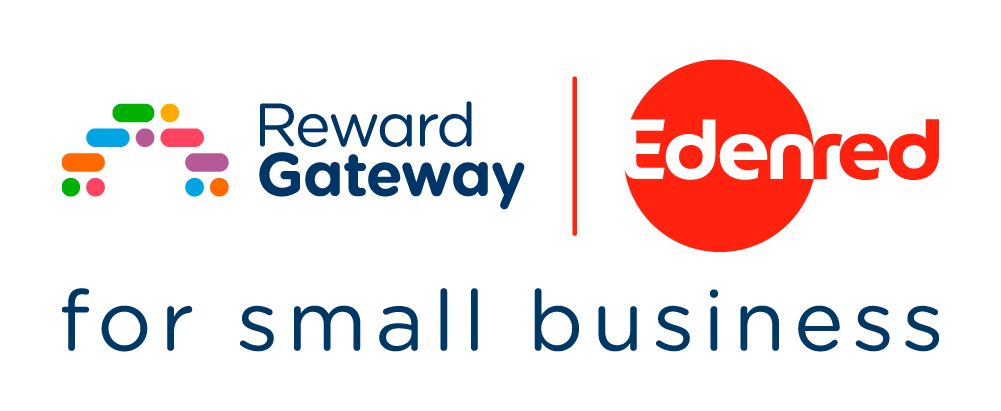4 ways to support your employees' financial wellbeing
Debt Awareness Week takes place 22 - 28 March 2021, making this an ideal time to focus on what we can do to support employees' financial wellbeing.
In a report that was published just four years ago, Barclays referred to financial wellbeing as “the last taboo in the workplace” – the one area that businesses were still afraid to delve into when it came to their reward and benefits offerings.
But recently, we’ve seen a change when it comes to financial benefits. It’s become clear that today’s workforce values an organisation that prioritises the financial health of its staff. In fact, according to the Barclays report:
- 38% of employees said that they would move to a company which put financial well-being as a priority.
- Almost 80% of employees are not satisfied with the efforts of their employer when it comes to managing their finances.
If you’re not already considering financial benefits, it’s time to pay attention and starting doing something about it.
What’s in it for us?
In the past, a common misconception among employers was that we don’t bear any responsibility when it comes to employees’ financial wellbeing – surely that’s what banks are for? Plus, I’ve found that many companies are afraid to offer anything money-related, such as financial education or employee loans, because they’re worried that if things go wrong, it will reflect badly on them.
"It’s important to break through these barriers and recognise the benefits to a company of a financially healthy workforce."
If a member of staff is going through financial difficulties, it’s inconceivable that they’re not bringing their worries into work with them, that it’s not affecting their levels of concentration.
According to a Willis Towers Watson’s Global Benefits Attitudes Survey, the effect in the workplace is real. Employees troubled by their finances are twice as likely to be in poor health, report considerably higher stress levels, more absences, and significantly lower levels of workplace engagement. Ultimately, all of these factors put a drain on our employees and on our businesses. In fact, according to the Barclays report, it impacts the bottom line by 4% as a result of the effect on work of employees worrying about their finances.
The role of employers to provide financial benefits
Employees go through a lot of different stages throughout their working life, all of which bring unique financial hurdles – marriage, children, buying a house and university fees, to name just a few. The question for organisations is: what can we do for employees who are struggling with money at each stage? How can we help them to move into a more comfortable position?
There are a number of financial employee wellbeing benefits you can put in place to help your employees:
- According to the Barclays report, 1 in 5 employees said they would value broader financial guidance, debt management and counselling if they were in financial hardship. Companies could consider offering financial education programmes to address these needs and provide employees with tools to effectively manage their finances.
- A wellbeing hub with expert financial guides, tips and tools to help manage money better and improve financial wellbeing. With advice and tools covering everything from budgeting, to borrowing, and family protection - this is a great way to support your team,
- During periods of an employee’s life when they need to borrow a large amount of money, or are in a lot of debt, employee loans with salary-deducted repayments may be invaluable. Companies like Neyber and Salary Finance offer affordable lending.
- An employee discounts scheme lets employers stretch their employees’ disposable income in tangible ways, offering generous discounts or cashback at a variety of retailers to help ease financial burdens of everyday grocery shopping, holiday planning or around Christmas when buying presents can be a worry.
Keep in mind that when you’re choosing an appropriate set of financial wellbeing benefits for your organisation, it’s important to understand your workforce – this will show you the areas in which you need to focus the most effort. For example, what percentage of your workforce are in debt? What percentage own a home? What percentage earn under – or over – a certain amount per year?
There is no one-size-fits-all approach – as with all employee benefits, it’s about deciding what suits your company and your people best.


